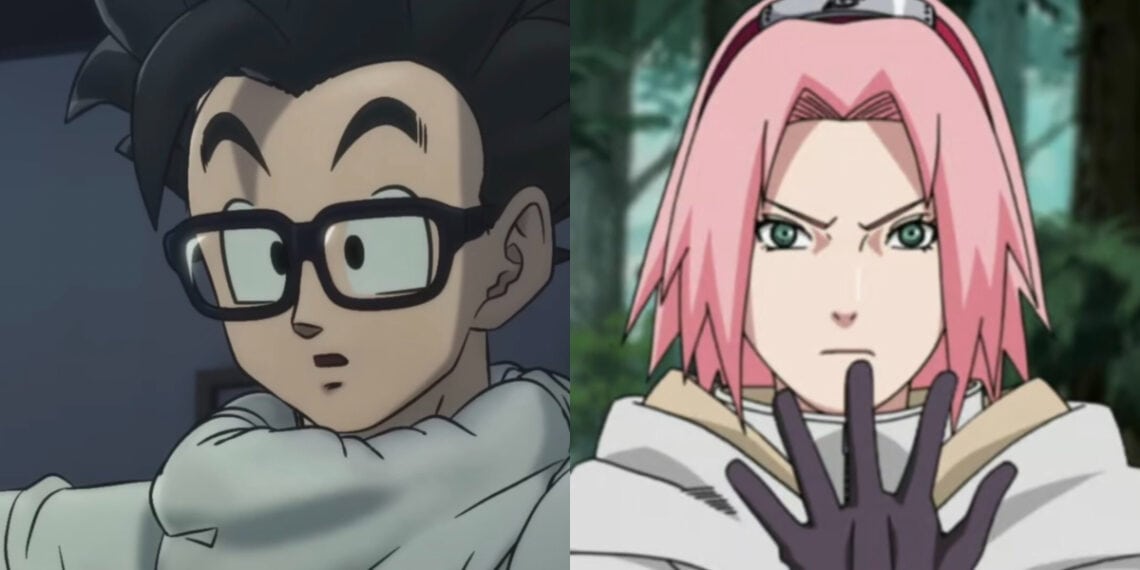Seeking to address gender inequality issues, the Japanese Film Project recently published findings from their latest survey on December 12th. Going beyond previous efforts that centered solely on leadership roles in live-action filmmaking, this new research took a more comprehensive look at gender representation across Japanese cinema.
Specifically, the study expanded in two notable ways. First, it incorporated the anime industry in addition to live-action theatrical releases. Second, examining assistant-level jobs, not just decision-making positions like directors and producers.
This provided new data points and insights into women’s participation at all levels of anime and film production in Japan.
By surveying more roles across both live-action and animated movies, the Japanese Film Project has shone a light on where women may face barriers not just to accessing top positions but also to entering and advancing through on-site creative jobs.
Their report will help advocate for and inform policies that aim to create a more inclusive working environment for Japan’s film community.
JFP Examines Significant Gender Gap in Film and Anime Production
The Japanese Film Project survey specifically analyzed major anime and live-action releases from 2022 that earned over 1 billion yen at the domestic box office.
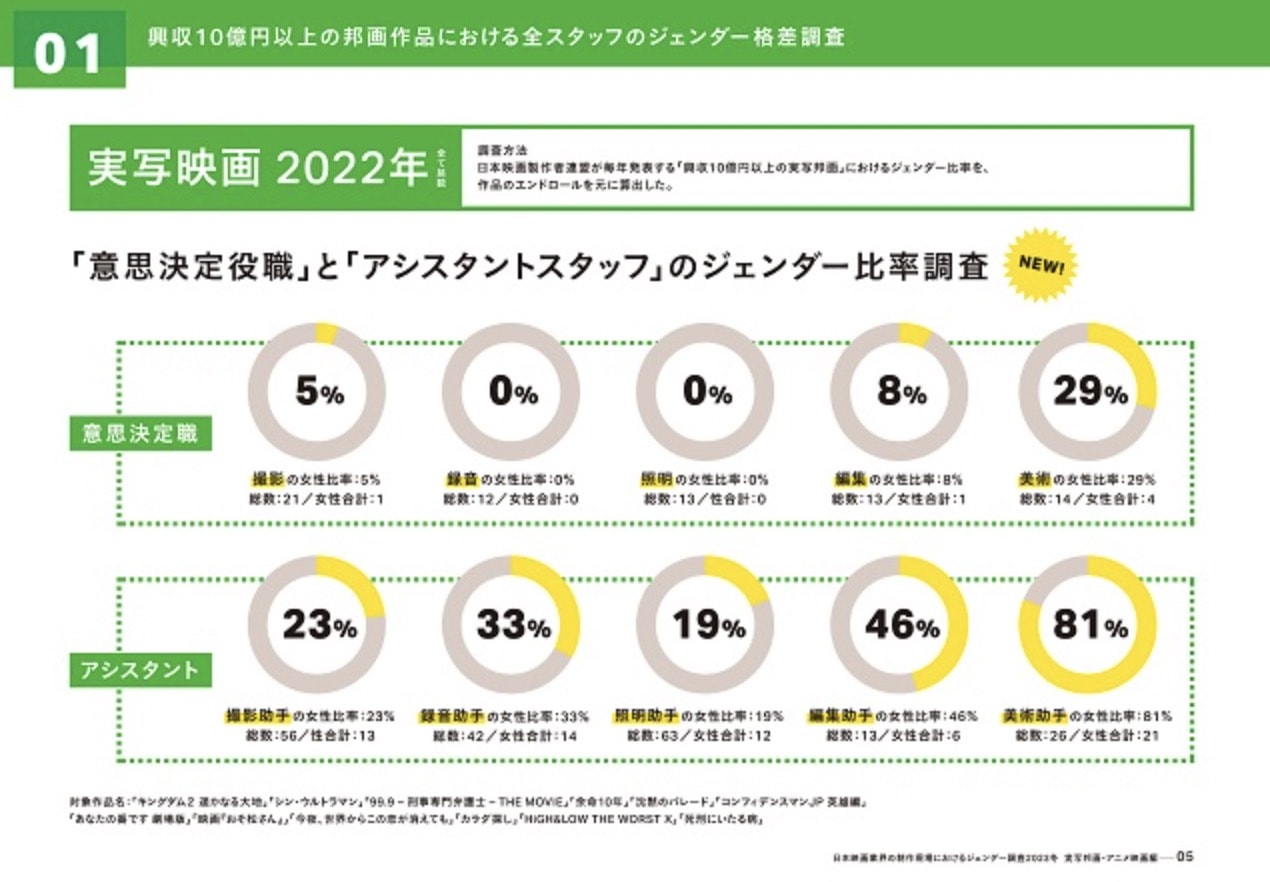
This included mega-franchise titles like One Piece: Film Red, Jujutsu Kaisen 0, Suzume no Tojimari, Detective Conan: The Bride of Halloween, Dragon Ball Super: Super Hero, That Time I Got Reincarnated as a Slime: Scarlet Bond, and Sword Art Online the Movie -Progressive- Scherzo of Deep Night.
Looking across these blockbuster movies spanning different genres, the survey found gender imbalances persisted in high-level creative roles like directors, producers, writers, and animation directors, as well as assistant jobs like animators, production assistants, and art staff.
So women appear to face barriers moving into top decision-making positions as well as getting a foothold into entry-level on-site film production roles across live-action and anime releases.
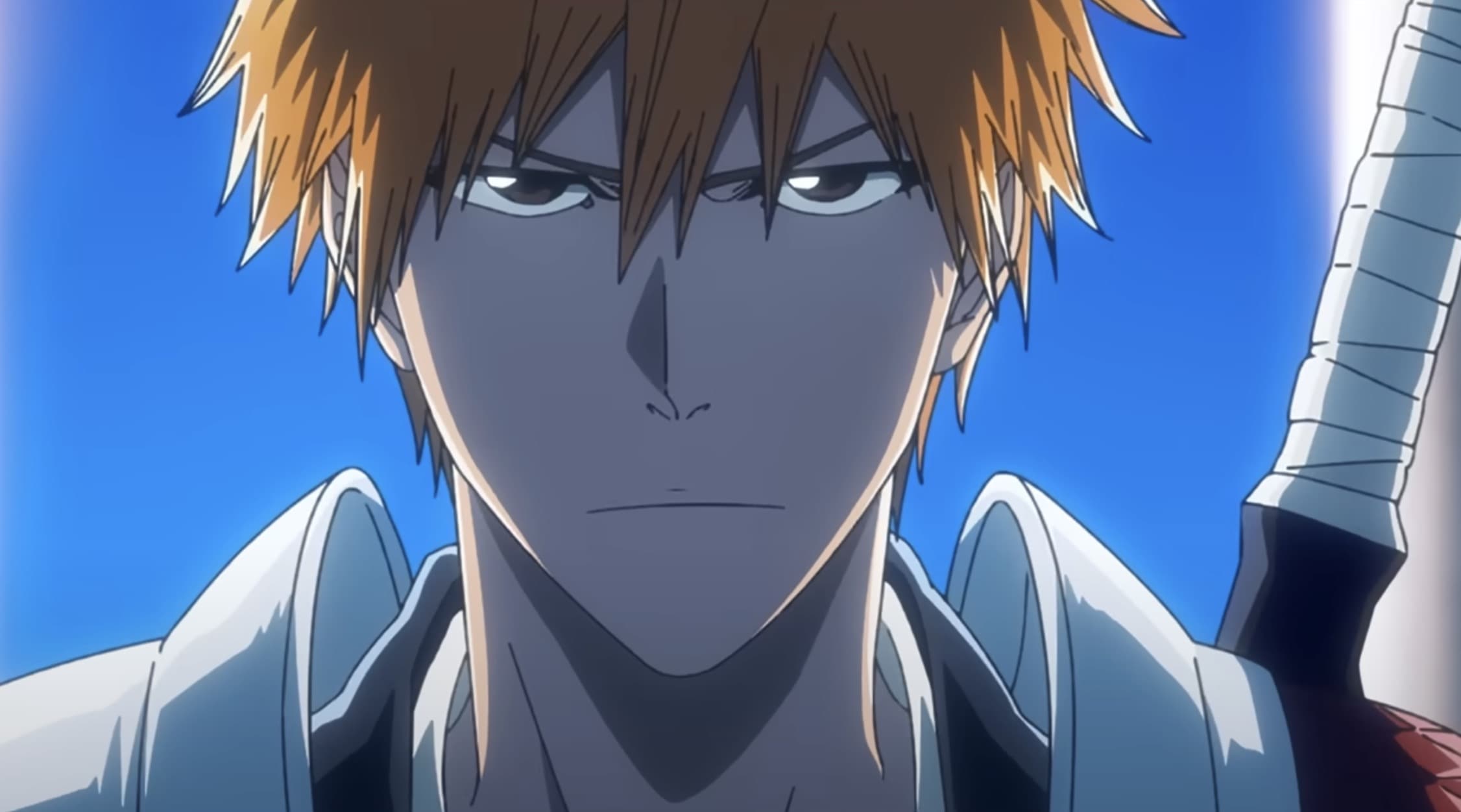
The results shine a light on how Japanese cinema continues to be influenced by gender inequality issues.
More advocacy and policy changes seem necessary to create an environment where women can access and advance through the industry more equitably from the ground up.
Imbalance in Anime Film Production Leadership Roles
Getting into specific data points from the survey’s findings, women made up 46% of the total anime film production workforce over the period examined, which equated to 2,697 female staff out of 5,917 total.
Breaking this down further, for direct creative leadership duties like directors and animation directors, the gender ratio was 41% female, with 65 women holding these positions out of 160 in total.
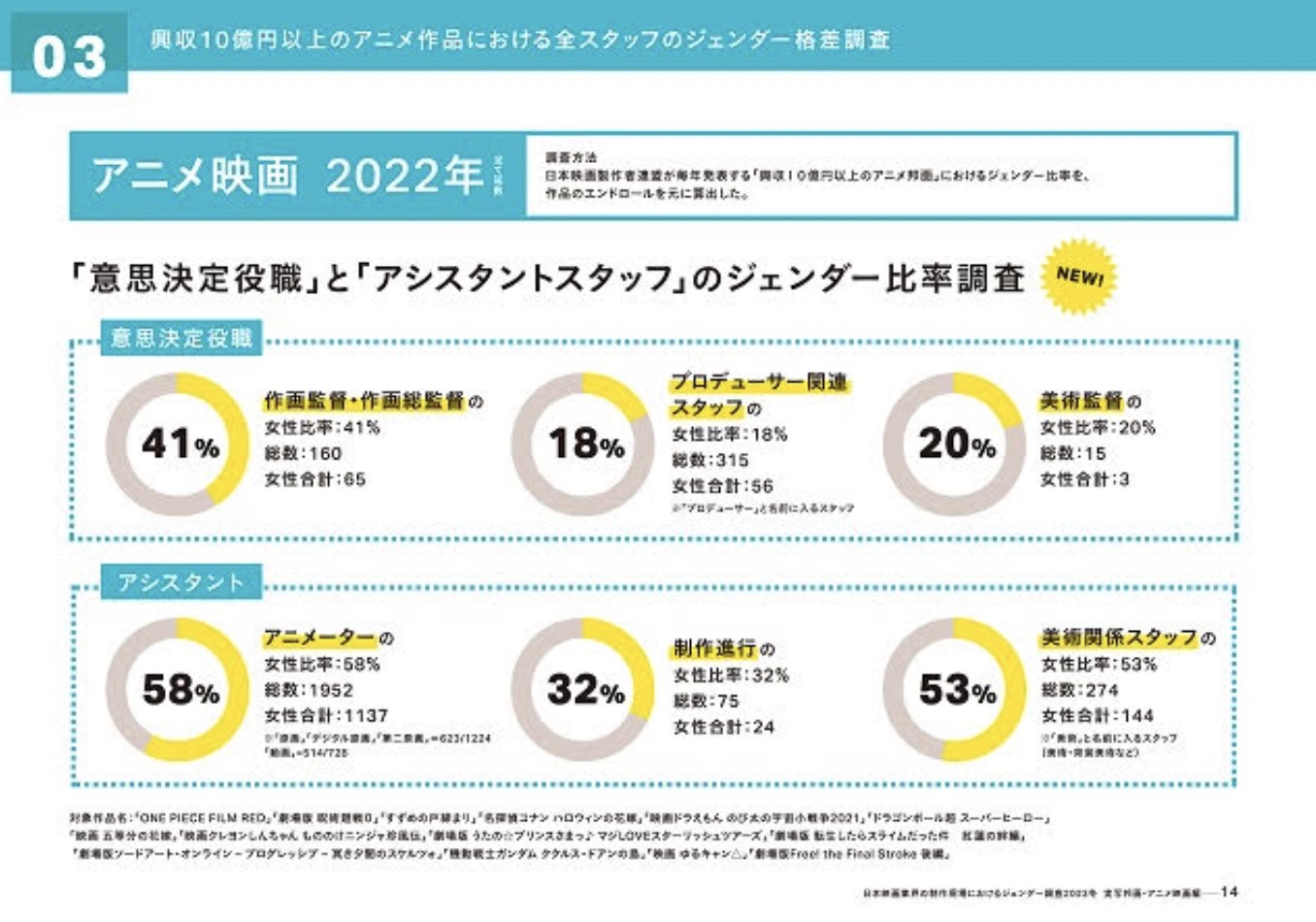
However, for producer-titled roles ranging from line to executive producers, the participation of women dropped significantly to just 18%. Here, only 56 of the 315 surveyed producer jobs were filled by women.
So, while women seem able to access just over 40% of top creative decision-making jobs like direction and animation direction, they struggle much more to move into and advance through production-focused leadership roles – topping out at less than 20% for producer titles.
This imbalance points to potential barriers, particularly within the production hierarchy, that inhibit capable women from assuming important managerial jobs overseeing operations, budgeting, and scheduling for anime film releases over the surveyed period.
A Closer Look at Representation Across Creative Roles and Entry Pathways
A recent survey of animation studio staffing revealed some insights into gender representation across various creative roles. Out of 15 art directors polled, only 3 were women, equating to a ratio of 20 percent female art directors.
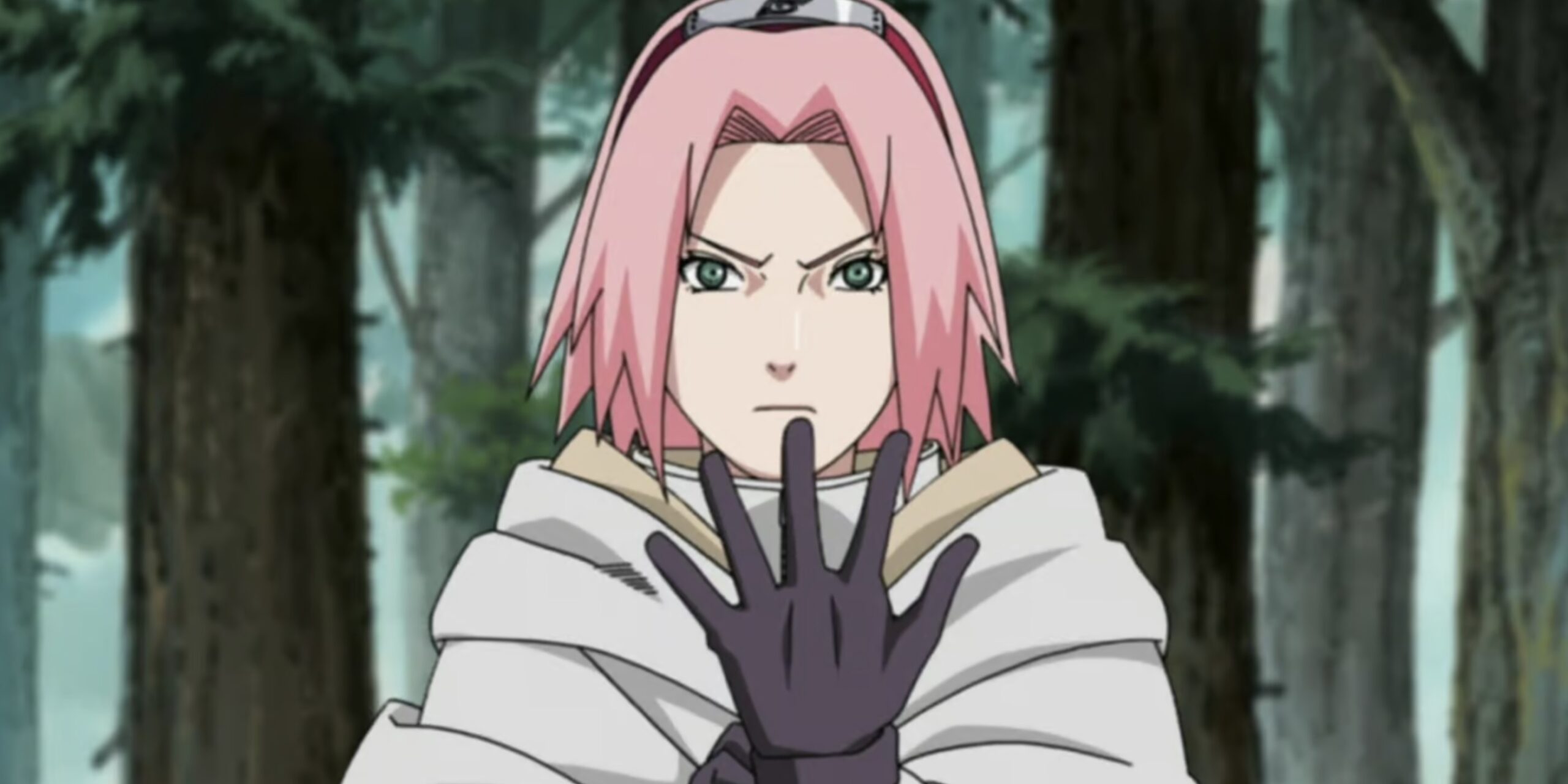
Looking more broadly, women comprised 31 percent of all main creative roles surveyed, including directors, animation directors, cinematographers, music directors, screenwriters, character designers, and more – that’s 124 women out of 400 total staff in these key positions.
However, women made up a slightly higher proportion of assistant-level roles at 50 percent – meaning 2,345 out of 4,906 assistant jobs were held by women.
Specifically, within assistant positions, 58 percent of animator roles (1,137 out of 1,952) and 53 percent of art department roles (144 out of 274) were filled by women.
Despite this progress, women occupied just 32 percent of production assistant jobs – 24 out of 75 roles surveyed.
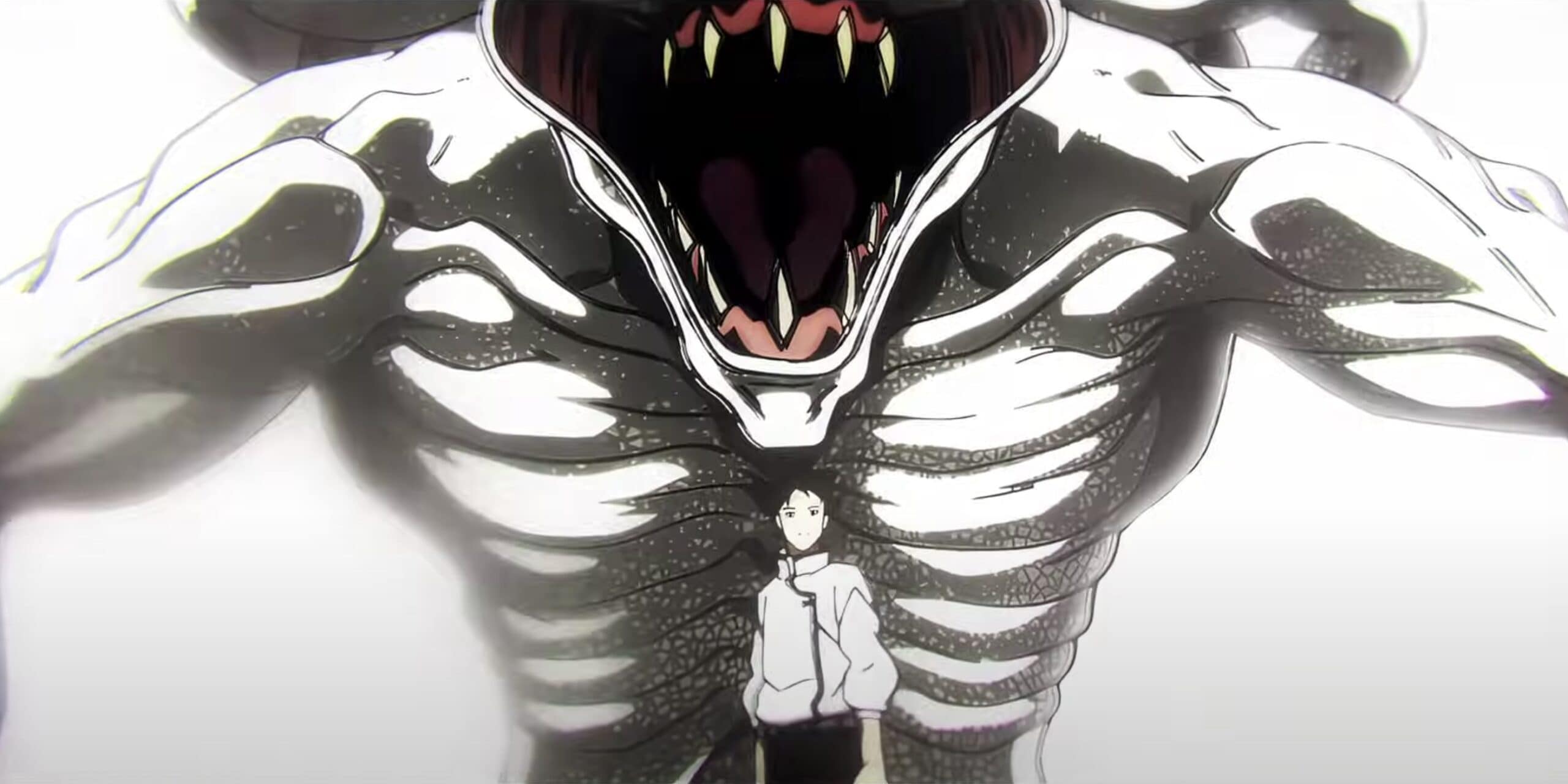
So, while parity is still lacking in the top creative positions, more entry pathways seem to be opening for women in the animation field through these assistant and mid-level jobs.
But certain more technical assistant gigs like production coordinating trail behind in their gender balance. There remains room for improvement across all levels to better represent the diversity of creative talent available.
Representation Across Animation Studio Staffing
While the anime industry appears to have better gender balance than live-action filmmaking, Akiko Sugawa-Shimada, a professor at Yokohama National University, cautions against taking the numbers at face value.
She notes that, unlike live-action film crews, which had 0% female directors and only 5% female assistant directors, anime production teams seem to involve more women comparatively.
However, Sugawa-Shimada points out it’s an oversimplification to make direct comparisons between the ratio of women in salaried corporate production management roles versus those in more freelance positions like animation.
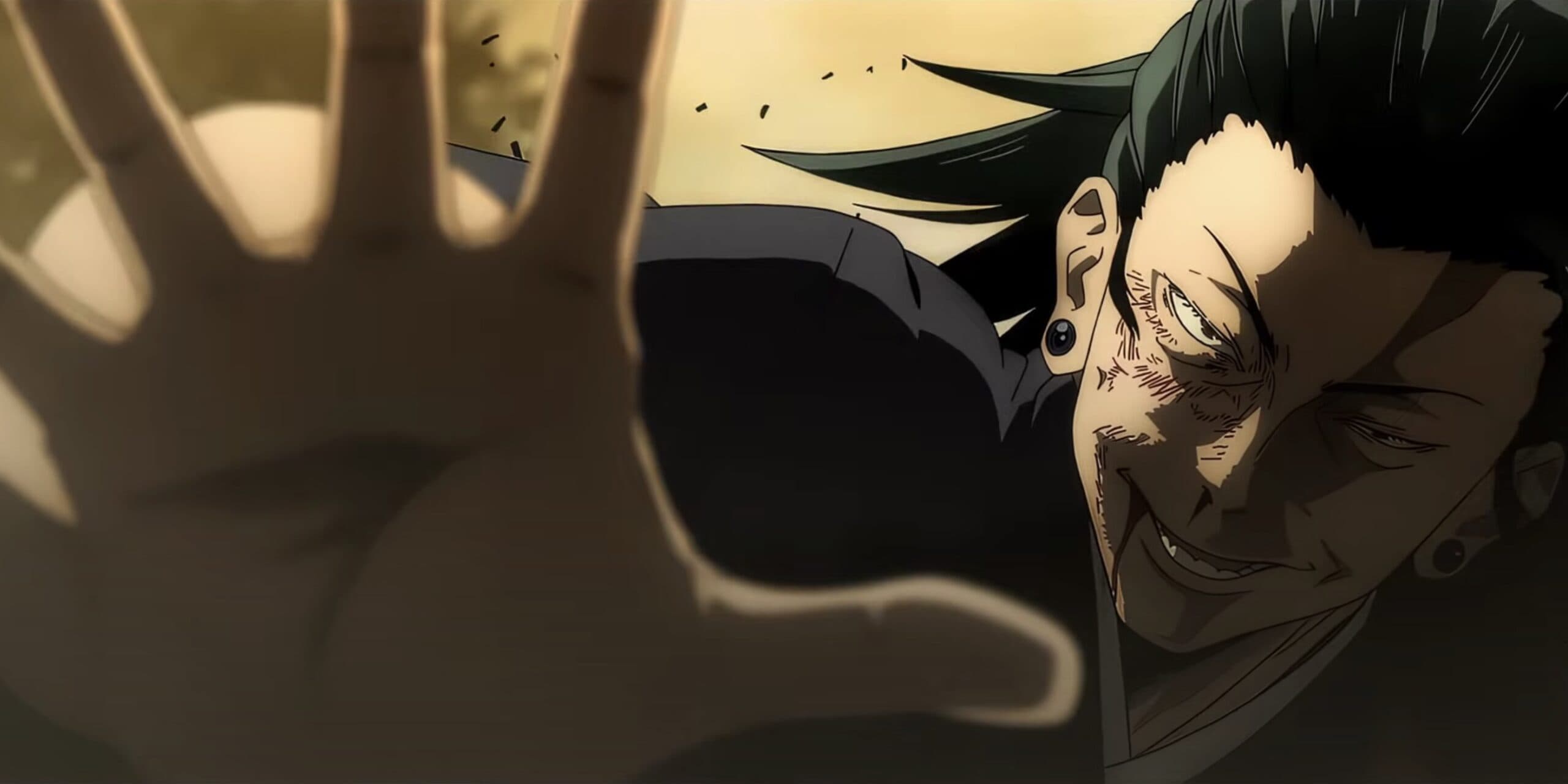
The structure of employment and categorization of “staff” differs greatly.
Additionally, though the animation production floor may include many female animators when looking at leadership and decision-making authority, women still lack representation.
So, while the surface-level statistics suggest anime is more gender equitable than live action, the reality of women occupying influential creative roles versus more junior or freelance positions reveals there is still room for improvement in empowering women in the anime industry.
Rather than uncritically celebrating better optics, Sugawa-Shimada advocates taking a deeper, more nuanced analysis of exactly where and how women participate in the anime creative process before declaring the industry as a relative exemplar of gender parity.
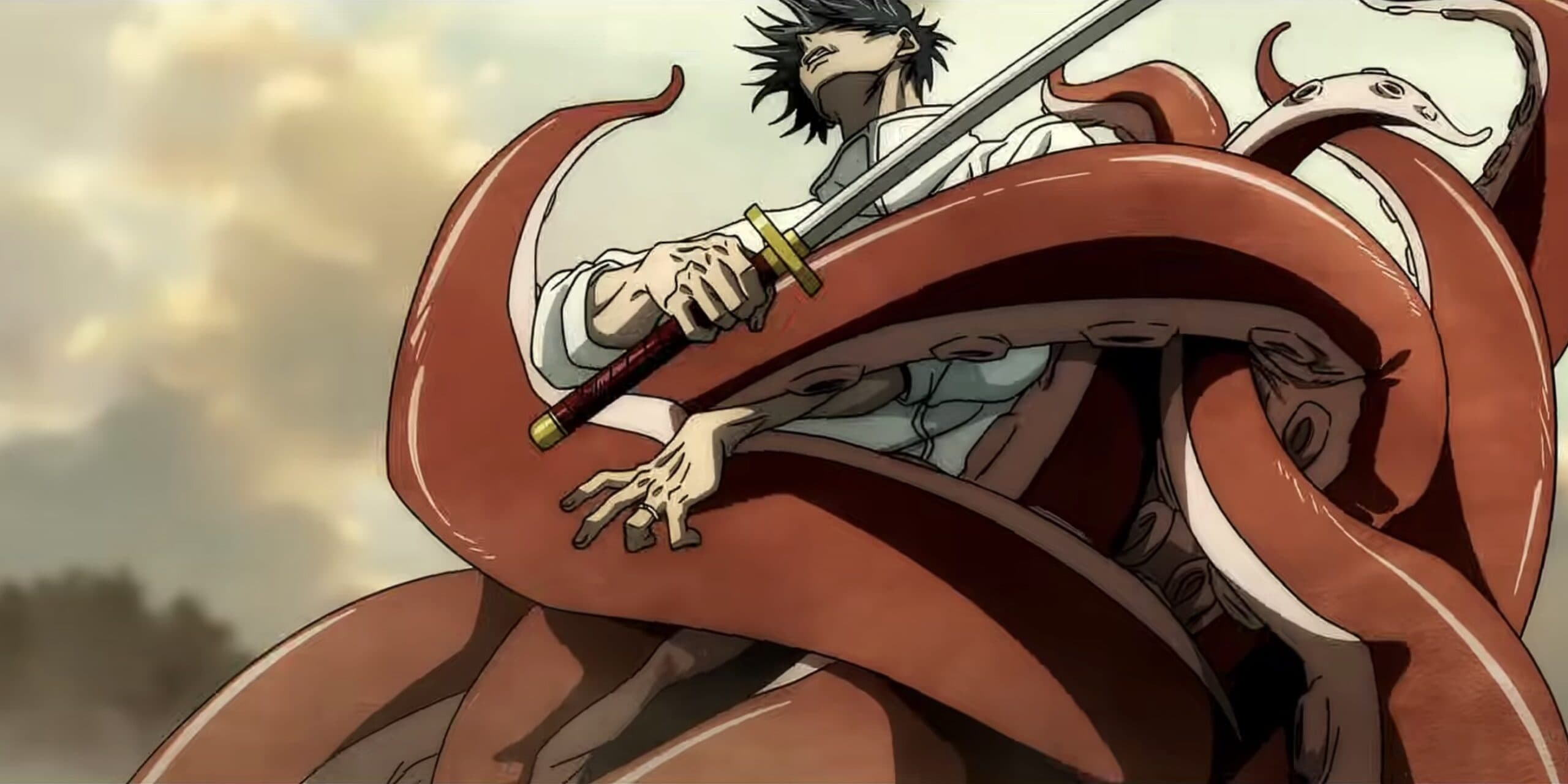
Both systemic and cultural barriers remain to women advancing into upper-level positions in many realms of filmmaking, including anime.
How Freelance Credits Impact Gender Representation
Sugawa-Shimada further explains that the anime industry relies heavily on skilled freelance contributors who work on multiple projects simultaneously and receive credits for each one.
This can result in data distortions when surveying gender representation among “staff.”
The current analysis is based on staff credits published in the annual Film Yearbook. So a freelance female animator or storyboard artist working on 5 different anime series in a year could be counted 5 times, whereas a full-time male producer employed by a single studio is only tallied once.

This skews the perceived ratio of women in anime creative roles versus men in production leadership and decision-making capacities.
On paper, with duplicative counting, far more women appear involved in anime creation. But Sugawa asks whether this accurately reflects reality – are all these freelancers truly actively participating, or is it more symbolic credit?
And does receiving multiple partial credits amount to equitable treatment and pay compared to full-time employees occupying influential roles?
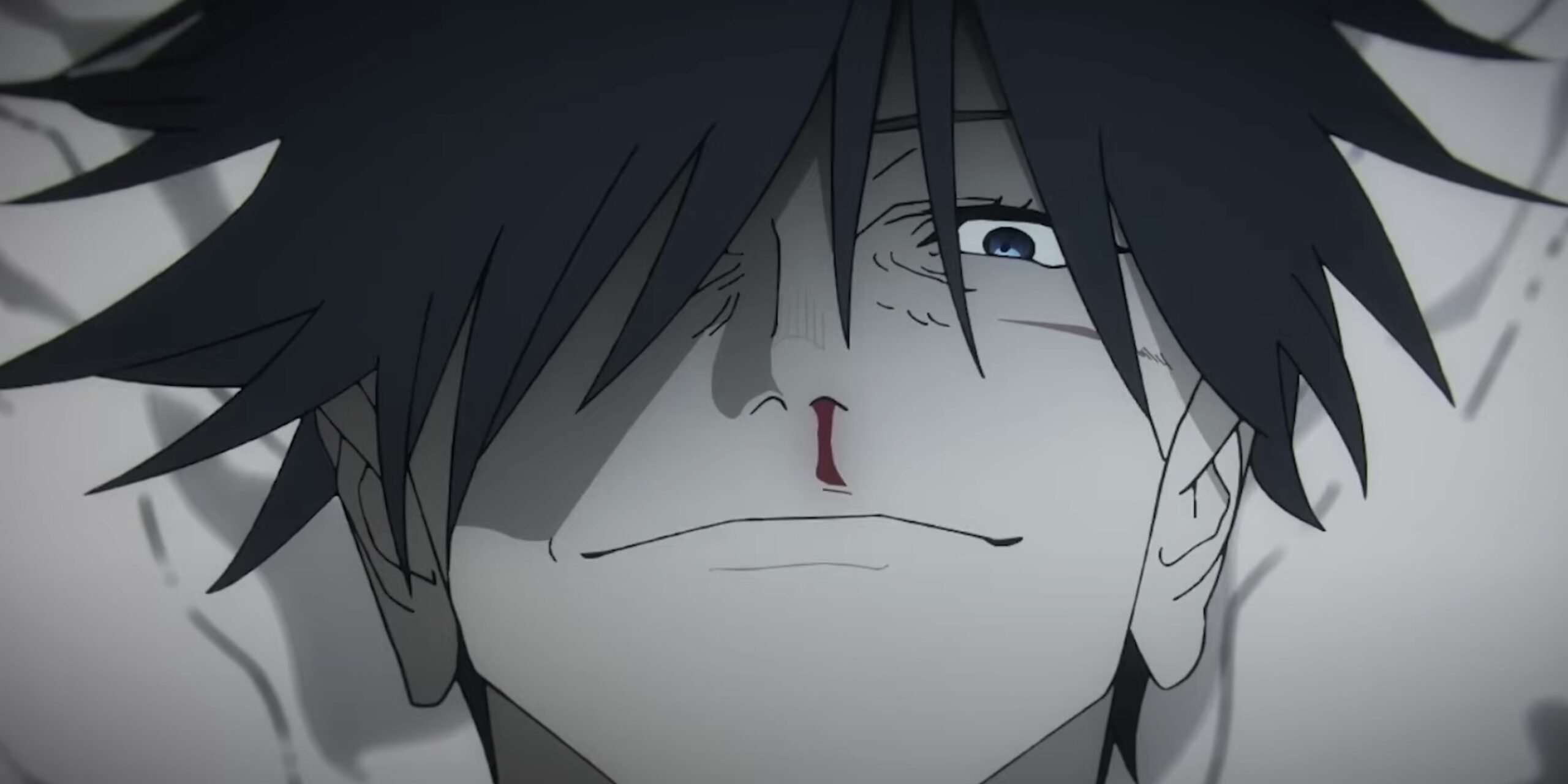
Essentially, while the raw statistics suggest anime is more gender-balanced than live action, that perception may be an artifact of how participation is quantified rather than measuring substantive creative influence.
This nuanced analysis comes from the Japan Film Policy – a nonprofit assessing gender equity, work culture, and talent development in Japanese film.
By questioning assumed progress in anime, the JFP pushes the industry to better support both freelance and full-time women creators in meaningful, empowering ways.
Addressing the Anime Industry’s Silent Struggle
In an unprecedented move, the Japanese Animation Creators Association recently conducted the anime industry’s first-ever mental health survey of its workers.
The concerning results provide initial insight into what may be pervasive psychological issues afflicting this high-stress profession.
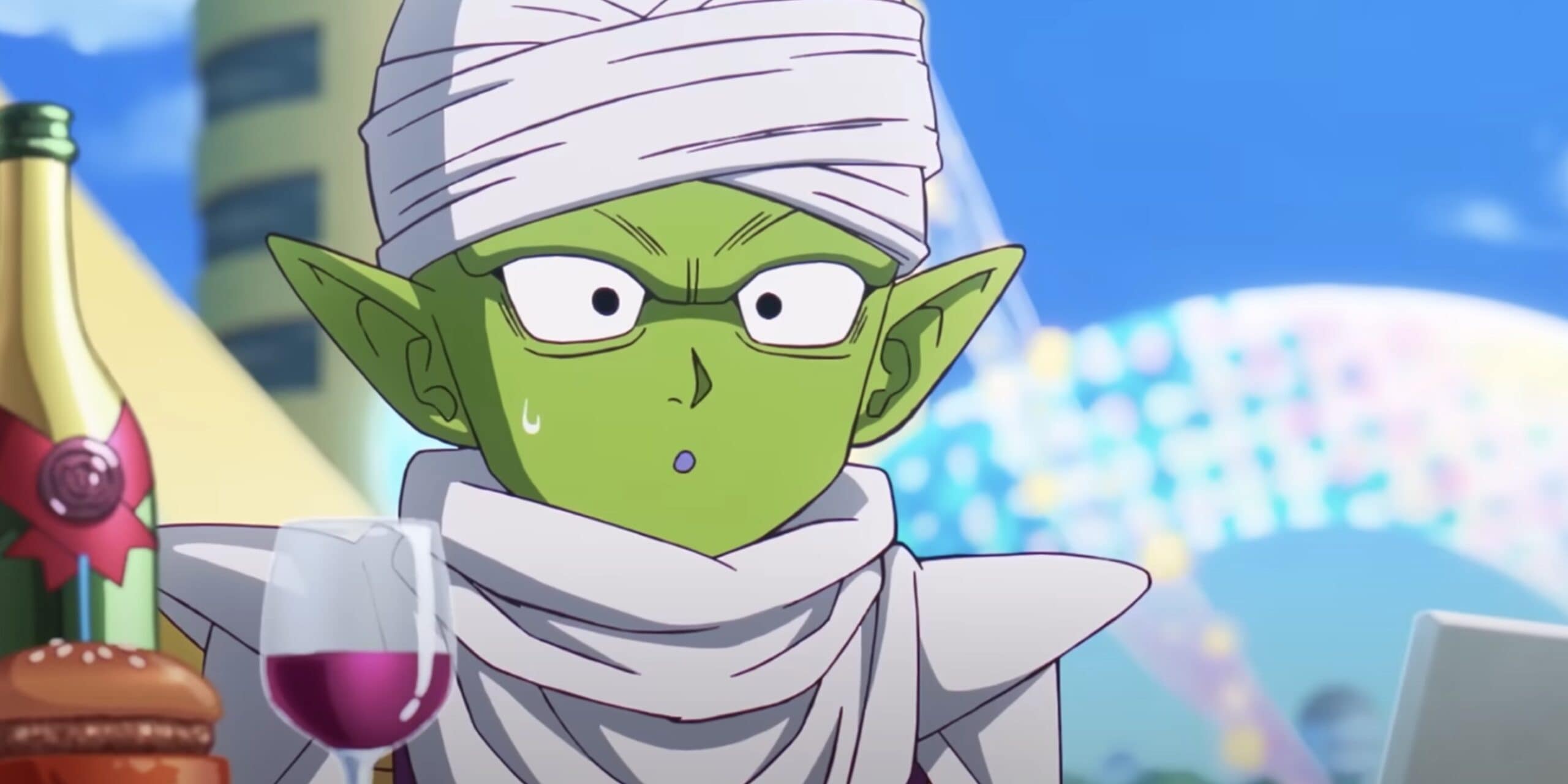
Specifically, 17% of animators surveyed self-disclosed current or historical diagnoses of depression and other harmful conditions.
While unable to prove causation, this signals potential occupational hazards within anime production taking a real toll on well-being.
The anime industry has long been criticized for imposing demanding workflows – unreasonable deadlines, endless crunch hours, and immense pressure on talent.
In addition, animators cope with stressful uncertainties surrounding project-based freelance employment. All these factors are suspected contributors to the field’s high burnout and turnover rate.
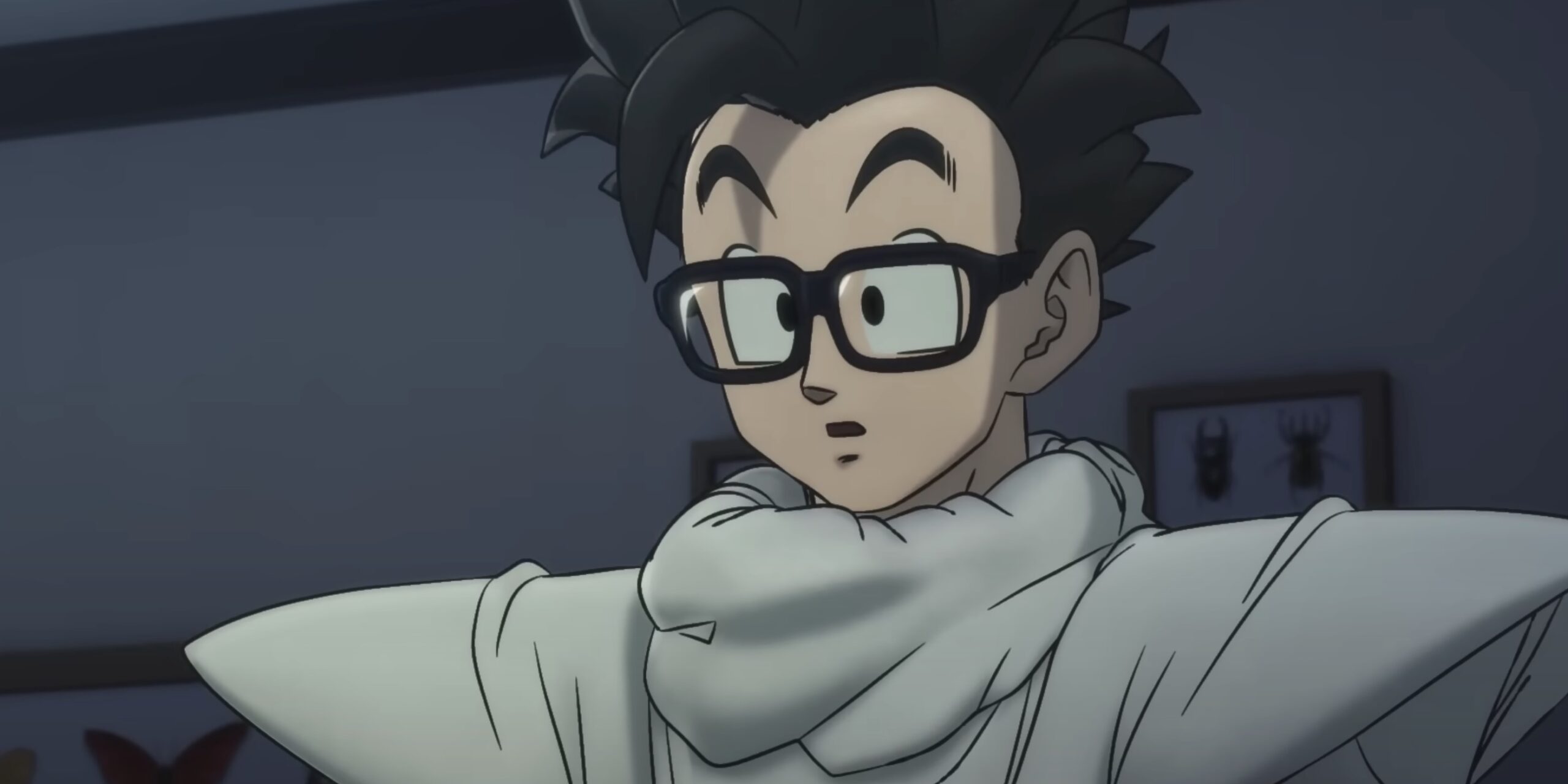
So, while unable to conclusively pinpoint a root source, the Japanese Animation Creators Association’s inquisition represents a long-overdue examination of a taboo issue.
Nearly 1 in 5 animators admitting mental health struggles demonstrates this is likely an endemic problem requiring attention and support structures for the human creators that bring anime to life.
By finally assessing concerning signals, the industry takes a constructive step toward safeguarding its workforce from endangerment – both physical and psychological.
The next phase will involve implementing stronger preventative measures and access to care.
The Alarming Toll of Anime Production
The Japanese Animation Creators Association’s mental health questionnaire polled 429 anime professionals.
Alarmingly, 17% – that’s 73 respondents – self-disclosed current or past struggles with depression and related clinical conditions.
However, the troubling indicators do not stop with diagnosed illnesses. When asked explicitly about fatigue, a staggering 68% (291 people) confessed to ongoing psychological exhaustion.
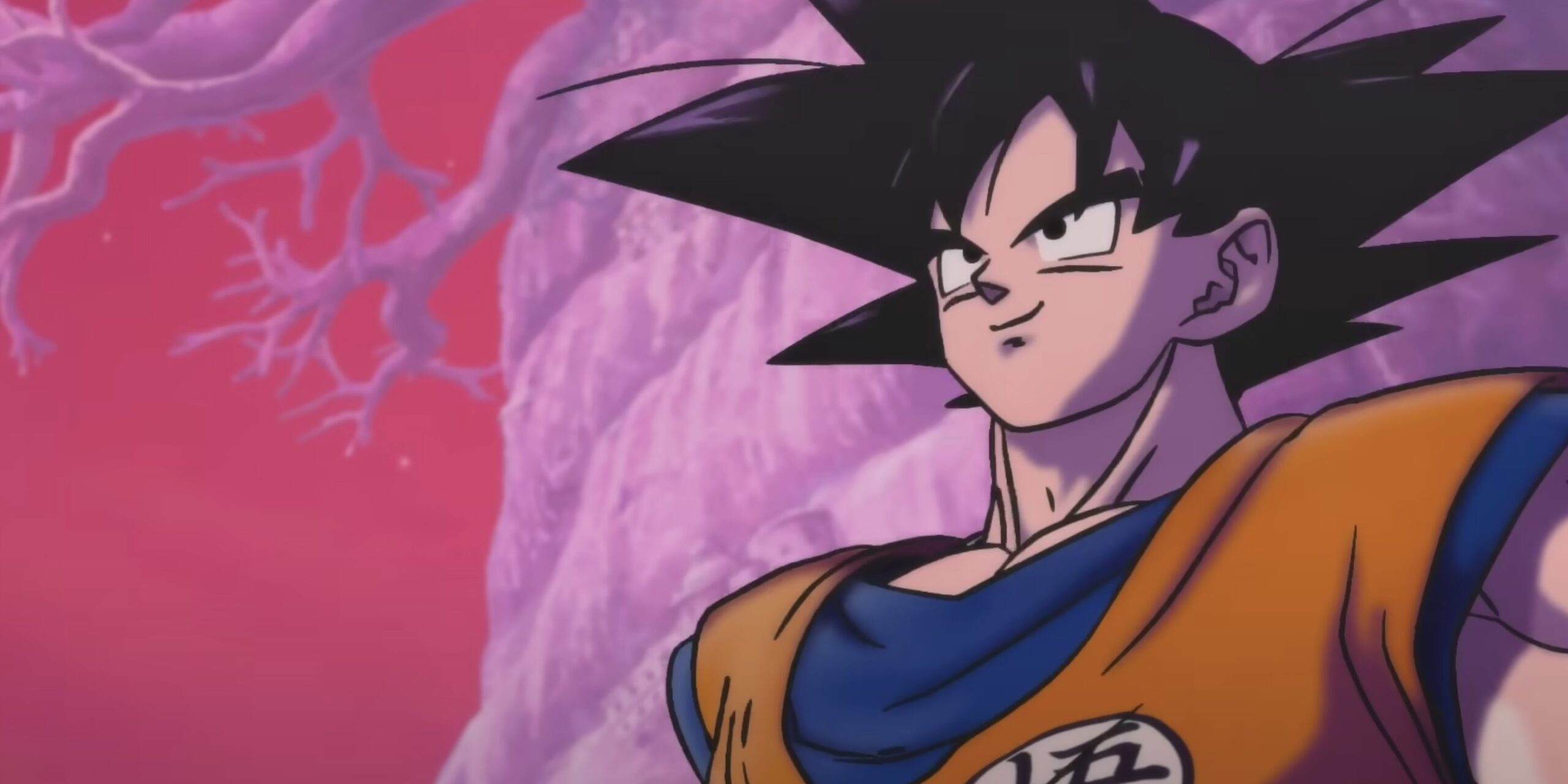
Additionally, 66% (285 participants) conveyed intense physical burnout from endless hours spent illustrating, rigging, and animating scenes.
In summary, approximately two-thirds of anime creators described themselves as profoundly crisis-level tired, both mentally and physically.
This indicates that heavy artistic workloads coupled with tight production deadlines could be overwhelming the resilience and health of talent behind the scenes.
These shocking admissions from nearly 300 human creators essentially working themselves to the bone showcase an entertainment industry severely taxing its workforce.
The Japanese Animation Creators Association survey provides numerical evidence that poor wellness pervades animation studios.
Going forward, substantive reforms are likely required to alleviate hazardous working situations that continue claiming victims through energy depletion, illness, and burnout cascading into serious health risks.


